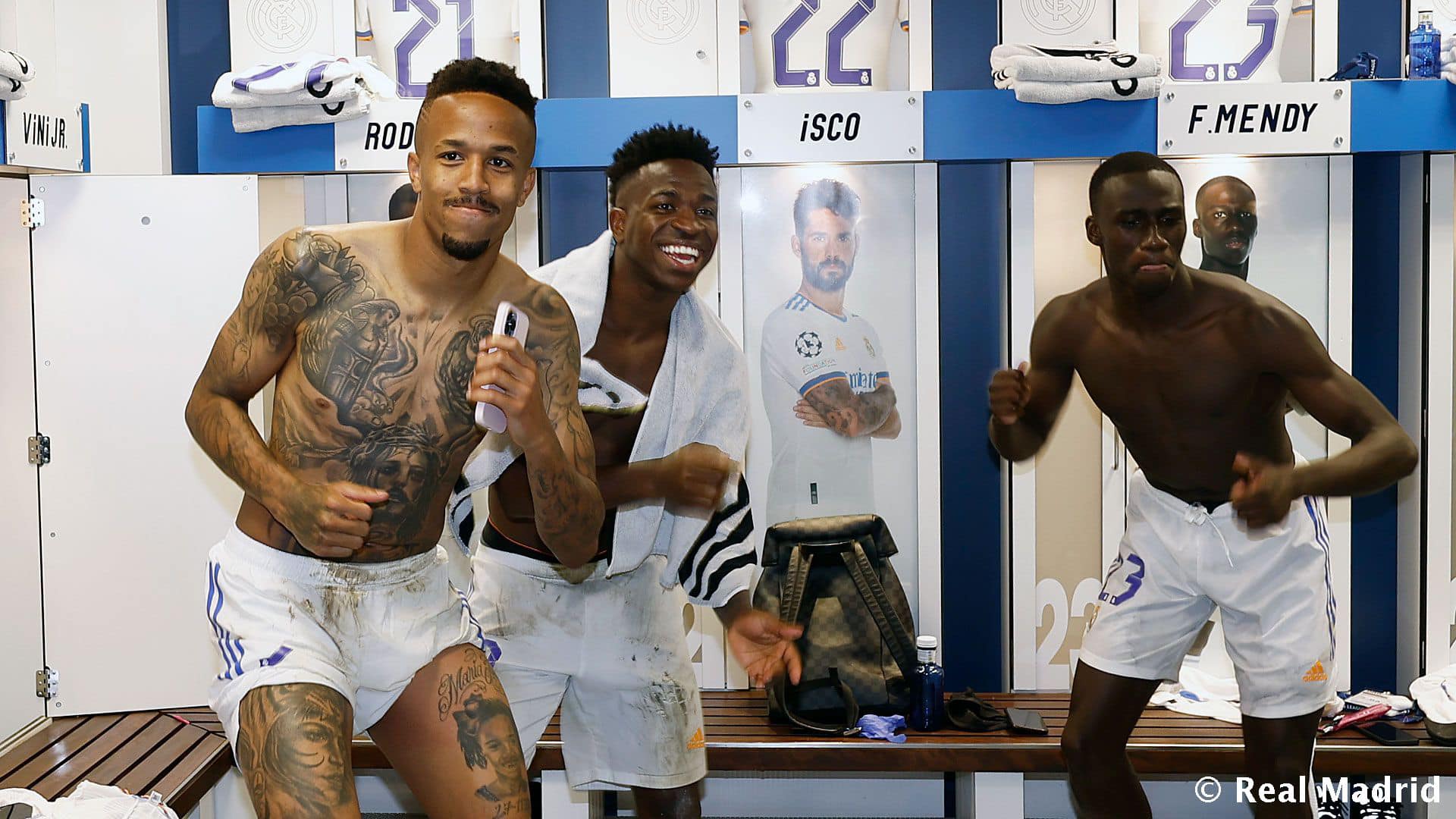
When queried about the rationale behind Real Madrid’s resolute decision to disallow the installation of locker room cameras, Thay An provided a staunch reply. “We forbid the use of cameras because we have the right to do so,” he stated firmly. In the face of potential pressure to reverse this policy, Thay An made a remarkable assertion, declaring, “If they were to insist on making us install cameras, I am prepared to relinquish my entire salary to ensure that such devices do not infiltrate our locker room.”

This declaration underscores the club’s determination to maintain the sanctity and privacy of the players’ inner sanctum. The locker room is a sacred space where athletes prepare mentally and physically for their matches, a realm shielded from the public gaze. An’s resolute defense of this principle demonstrates Real Madrid’s unwavering commitment to upholding the values and norms that have come to define the club.
The decision to restrict locker room cameras aligns with a broader trend in football. As technology continues to advance, so do concerns regarding privacy and the potential misuse of recorded content. While cameras play a pivotal role in broadcasting the sport to fans across the globe, the boundaries between public spectacle and personal privacy must be carefully navigated. The controversy surrounding this issue highlights the tension between the desire for transparency and the need to preserve the personal spaces of athletes.
Real Madrid’s bold stance, as articulated by Thay An, carries significance beyond the realm of sports. It reflects a broader societal discourse surrounding privacy rights and the role of technology in our lives. The statement serves as a reminder that even in a world driven by innovation and connectivity, the preservation of personal boundaries remains a crucial consideration.
As the discussions continue and the public seeks a deeper understanding of Real Madrid’s position, it’s clear that the club’s commitment to protecting its players’ privacy remains steadfast. Thay An’s assertion that he would sacrifice his salary to uphold this principle underscores the gravity of the issue. The spotlight on locker room cameras has illuminated the intricate balance between sharing the excitement of the sport with fans and respecting the fundamental rights of the athletes who make it all possible.
In conclusion, Real Madrid’s decision to prohibit locker room cameras and Thay An’s unequivocal response highlight the club’s unwavering dedication to safeguarding its players’ privacy. This stance prompts us to reflect on the delicate interplay between technology, transparency, and personal boundaries in the modern world. As the football landscape continues to evolve, the conversation surrounding this issue is likely to persist, resonating with a broader discourse on privacy and the digital age.

